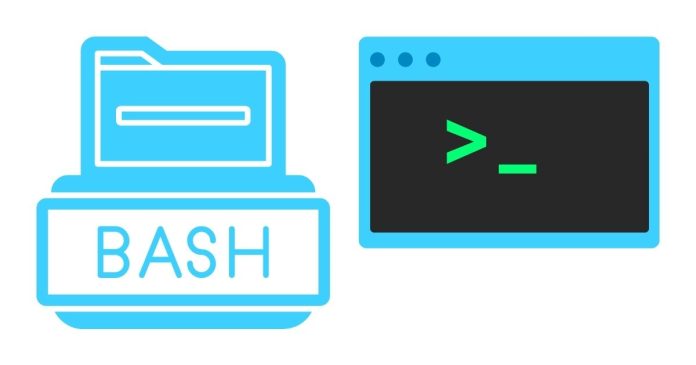Bash (Bourne Again Shell) is one of the most popular and powerful command-line interfaces available on Unix-like systems. To unleash its full potential, it’s crucial to understand the different flags that can be used with Bash commands. Flags (or options) modify the behavior of commands, enabling users to perform specific tasks more efficiently. This blog post explores some commonly used Bash flags and their purposes.
1. Flags for Bash Scripts
When executing a Bash script, you can use several flags to control its execution. These flags are passed directly to the bash command. Here are some essential ones:
-e (Exit on error)
The -e flag ensures that the script exits immediately if any command fails.
#!/bin/bash -e
mkdir my_folder
cd my_folder
rm non_existent_file # Script will exit here if the file doesn’t exist.
-x (Debug mode)
The -x flag prints each command and its arguments as they are executed, making it easier to debug scripts.
#!/bin/bash -x
echo “Creating a directory”
mkdir test_dir
echo “Navigating to directory”
cd test_dir
-u (Treat unset variables as errors)
The -u flag treats any unset variable as an error and exits the script. This helps avoid bugs caused by uninitialized variables.
#!/bin/bash -u
echo $UNSET_VAR # Will cause the script to exit.
-n (Syntax check)
The -n flag checks the syntax of a script without executing it. This is useful for catching errors before running the script.
bash -n my_script.sh
2. Flags for Common Bash Commands
Apart from script-level flags, individual commands in Bash have their own flags. Let’s explore some examples:
ls Command
The ls command lists directory contents. Common flags include:
-l: Display detailed information (permissions, owner, size, etc.).-a: Include hidden files.-h: Show file sizes in human-readable format.
Example:
ls -lah
grep Command
The grep command searches for patterns in files. Useful flags are:
-i: Case-insensitive search.-v: Exclude matching lines.-r: Search recursively in directories.
Example:
grep -i “error” log.txt
cp Command
The cp command copies files or directories. Common flags include:
-r: Copy directories recursively.-u: Copy only when the source is newer than the destination.-i: Prompt before overwriting.
Example:
cp -ru source_dir/ destination_dir/
3. Interactive Shell Flags
When running an interactive Bash shell, you can use flags to alter its behavior:
-i (Interactive mode)
The -i flag forces Bash to run in interactive mode, even when input is redirected.
-l (Login shell)
The -l flag starts Bash as a login shell, which loads specific initialization files like /etc/profile and ~/.bash_profile.
4. Combining Flags
You can combine multiple flags for a single command to save time. For example:
ls -lah
This combines the -l, -a, and -h flags to display detailed information, including hidden files, in a human-readable format.
Understanding and using Bash flags effectively can significantly enhance your productivity and scripting capabilities. From debugging scripts to customizing command behavior, flags give you granular control over Bash’s operations. Experiment with these flags to see how they fit into your workflows, and remember to refer to the man pages (man bash or man [command]) for a comprehensive list of available options.


